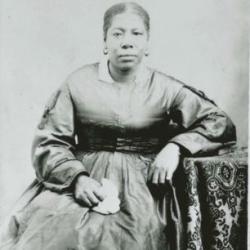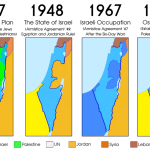For those of you that honour me by reading my blog regularly or semi-regularly, I thought I would share (as often as I can) resources that I have found helpful. Maybe others (like B. Blackwell) can do the same!
So, to start things off, I will mention two.
First, when I was in the US over Christmas, I got a hold of the newly released New Interpreter’s Dictionary of the Bible: Vol 1 [A-C] by Abingdon. This volume, covering only 3 letters of the alphabet is over 800 pages and covers hundreds and hundreds of topics. Contributors come from a wide variety of confessional backgrounds (though the consultation committee is all United Methodist, in association with Abingdon’s background) and come from around the world. Consider such names as: Paul Achtemeier, Dale Allison, Bill Arnold (Asbury), Richard Ascough, Davie Aune (Notre Dame), John Barton, Darrell Bock, Helen Bond, Warren Carter, Raymond Collins, R. Alan Culpepper, David deSilva, William Dever, Terence Donaldson, Jimmy Dunn :), Paul Ellingworth (Aberdeen), Craig Evans, John Fitzgerald, Terence Fretheim, Beverly Gaventa, John Goldingay, Lester Grabbe, Joel Green, Donald Hagner, Richard Hess, Craig Hill, Michael Holmes, Larry Hurtado, Edgar Krentz, Richard Longenecker, Bruce Malina, Howard Marshall, Ralph Martin, Margaret Mitchell, Jerome Murphy-O’Connor, Pheme Perkins, Christopher Rowland, Alan Segal, Anthony Thiselton, Paul Trebilco, James VanderKam and Stephen Westerholm.
How is this set of volumes (I’m guessing there will be 4-6 volumes?) differ from the Anchor Bible Dictionary? Well, first of all, this ‘New’ series is a replacement of the older series done before the ABD. So, perhaps there was no ‘new’ vision except to make it competitive. But, I do think there is a major difference – audience. Abingdon seems to be shooting for more of a pastoral audience: pastors, missionaries and laypeople. I say this for 2 reasons: first, there are more conservative scholars writing for this than for ABD – many more ‘evangelicals’. That is because, I think, evangelicals often have pastors in mind when writing, but not always. Second, the articles are shorter and less technical, so that means that they are a bit more intelligible and can be read in one sitting (without the need for coffee). One thing really like about the dictionary is that the print is fairly large – like the New Interpreter’s Bible commentaries series. It is just visually appealing. Very worthwhile. The articles have been very informative (though I have only read a dozen or so). How much? Amazon sells it for $47.
Second resource: Interpreting the Bible: A Handbook of Terms and Methods (ed. W. Randolph Tate). This book is a reference resource in the same style as Soulen’s Handbook of Biblical Criticism. How is it different? It is much longer (500 pages vs. Soulen’s 200 pages) and it seems like it includes more recent kinds of concepts (though I haven’t done an indepth comparison). This resource is great when you are reading a technical piece of scholarship and you encounter the term ‘polyptoton’ or ‘synaesthesia’. You no longer have to sit in shame and self-pity (at least not for ignorance of biblical-academic jargon). I have turned to this many times and I even have cited it in my thesis work. Some articles are more lucid than others. From what I gather, Tate rounded up droves of students at his institution (Evangel) to compose articles. Some did a better job than others. Overall, though, it is a worthwhile purchase. This one is $22 at Amazon.
I have many more resources to share, but not enough time to write now.















